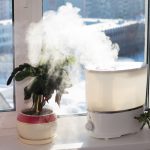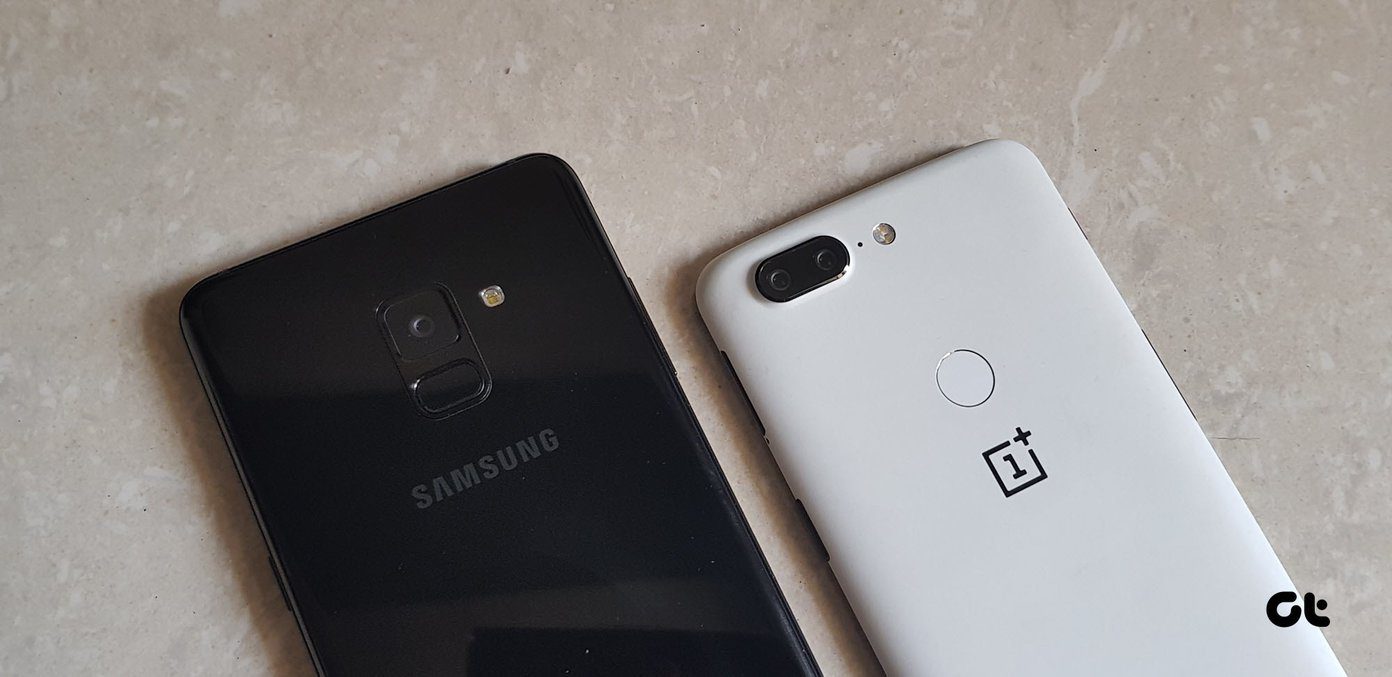Humidifiers are increasingly becoming popular due to the many health and therapeutic benefits they offer. They help to spread moisture in the air, and their long-term usage help combat illnesses (skin irritation, flu, sleep deprivation, etc.) that are caused by dry air. Similarly, the growing popularity of Aromatherapy (also called Essential oil therapy) have equally driven up the market demand and use of diffusers. Electronic diffusers help rid the atmosphere of unhealthy chemicals by breaking down essential oil molecules and releasing them into the air. It is not uncommon to see people mistaking humidifiers as diffusers and vice versa. Here’s a little secret — I once mistakenly bought a humidifier instead of a diffuser at a store some months ago thinking they did the same job. To avoid making the same mistake, here are some key differences between humidifiers and diffusers that you should note.
Purpose
As mentioned earlier, humidifiers are built to increase the humidity level of a room. With enough moisture in the atmosphere, your skin and lips stay moist, potential microbes thriving on dry air are eliminated, and you tend to sleep better. Electronic diffusers are designed to break down essential oils to purpose a soothing fragrance in the home or wherever you use them. Most diffusers also double as humidifiers because they disperse water molecules into the air. However, it is worth mentioning that humidifiers supply more amount of humidity to the atmosphere than a diffuser will.
Build
Another difference between humidifiers and diffusers is how they are built and the material used in their construction. Majorly, the inner components of both devices consist of plastic materials, but the difference lies in the quality and resistance. Manufacturers utilize Polypropylene (PP) plastic for humidifiers, while Acrylonitrile Butadiene Styrene (ABS) plastic is used in the production of diffusers. Are you wondering why there’s a variation in the type of materials used to make both devices? We explain below. ABS plastic is used in the production of diffusers because they are made out of oil-based resources and boast of a much higher melting point (more temperature resistant) than PP plastic. As such, they cannot be broken down or corroded by the acidic chemical composition of some essential oils. Since humidifiers are ideally used with water only, manufacturers use PP plastic for their water tanks and some other parts. And that is why it isn’t recommended to use essential oils with humidifiers — PP plastic can be degraded by the harsh chemicals of oils, which will eventually shorten their lifespan. Plastic aside, other components of a diffuser like the metal atomizer and absorption rings are specifically designed to withstand the corrosiveness of essential oils. Humidifiers, on the other hand, have components that can be damaged when used with oils.
Range of Mist Dispersion
Diffusers are much more powerful than humidifiers. They break down essential oils into an ultra-thin fragranced mist that’s easily dispersed over a wider distance for longer periods. The cool or warm mist generated by humidifiers from the vaporization of water molecules is only able to travel over shorter distances. This low dispersion range is because humidifiers usually have larger atomizer, which subsequently produces bigger, thicker, and heavier mist concentration. Summarily, diffusers can disperse essential oils over a longer distance and for longer periods than humidifiers.
Price
Generally, diffusers are more expensive than humidifiers. And that is because they cost more to produce. For example, the price of ABS plastic used to make the water tank of diffusers and other parts is higher than the cost of PP plastic utilized in the production of humidifiers. Additionally, more (complex) parts are used in diffusers because they need to break down both water and essential oils. That explains why it might cost you more to purchase a diffuser. While other factors are major deciders, your budget also plays a role in determining which of the gadget you’d purchase.
Which One Is For You
It all boils down to your needs. If you want to raise a room’s humidity level while simultaneously adding fragrance from essential oils, you should invest in a diffuser. Other factors like allergies, pets, etc. also play a vital role in deciding which to buy. It has been proven that essential oils have toxic effects on pets, particularly cats and dogs. Humans are sometimes allergic too. So if you or your pets react negatively to the presence of oils in your atmosphere, you’re better off purchasing a humidifier only. Next up: Google Assistant Routines help boost productivity in many ways you cannot imagine. Check out how to use Google Assistant Routines to control your humidifier with your voice in the article linked below. The above article may contain affiliate links which help support Guiding Tech. However, it does not affect our editorial integrity. The content remains unbiased and authentic.












